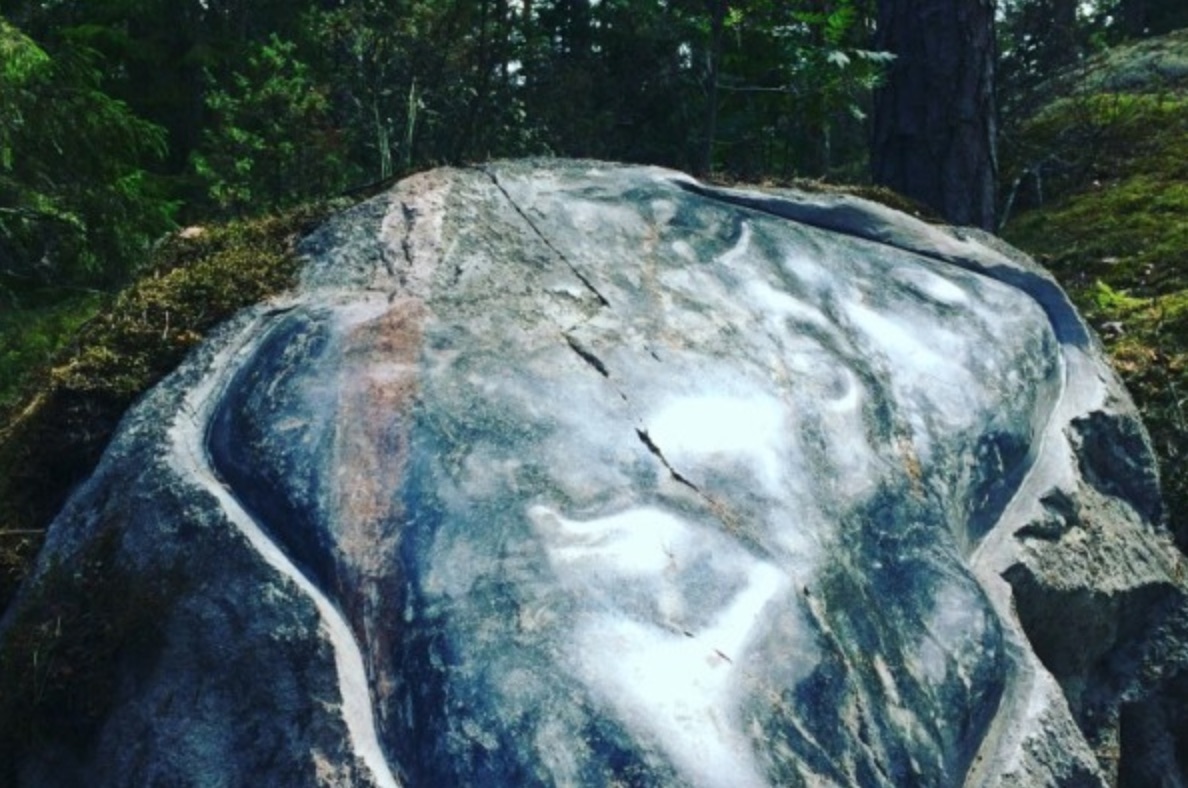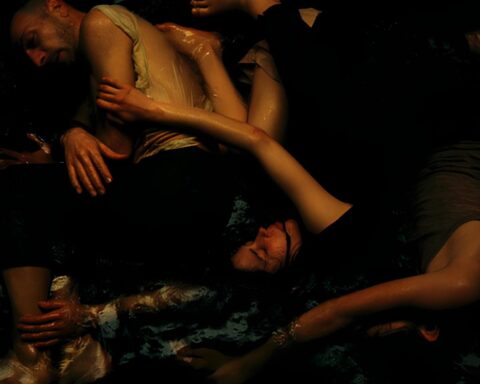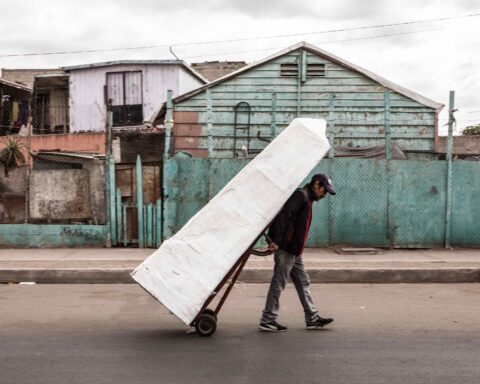Anthony J. Meadows is an American born artist. His artistic practice focuses on the interaction between two divergent forces that aim to represent the endless cycle of Life and Death. Opposed entities tend to destroy each other, to transform themselves into something unexpected, while creating Art. This is a complex process that sometimes involves destruction, even violence, but still aspires to beauty. Nature is the most coherent scenario to explore this never-ending chain of contrasts, in order to try and answer the question “What is infinity?”. This is why the artist relies on natural elements, poor materials and everyday objects when he creates a work of art: Nature expresses itself with its own means, conveying an enigmatic, yet clear and immediate message. Anthony J. Meadows has explained his strong connection with Arte Povera and Land Art through some of his stunning site-specific projects, that wisely combine mixed media installations, performative elements and casual happenings. Also his everyday life can be a source of inspiration or, on the contrary, the possible artistic quality of ordinary details is the only reason that makes life worth living. His research is a constant challenge both to his own creativity and to the viewer’s perception and reaction. Through his playful attitude, Anthony J. Meadows seems to remind us that Art is a serious business. After all, Art is a universal language that manages to connect distant people, to spread vital and vibrant ideas against apathy, and even to save us from the conflicts we are in.
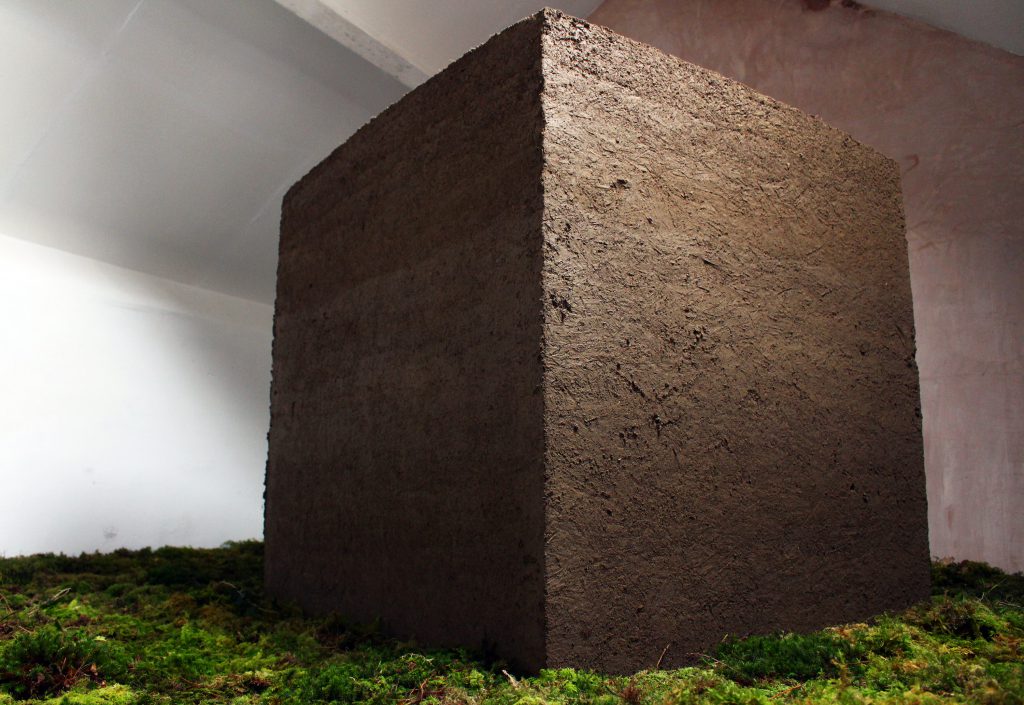
Flavia Rovetta: In your artistic path it is possible to clearly read your will to face natural forces, with their ineluctability and their contradictions. What pushed you to stand in front of Nature as an artist?
Anthony J. Meadows: In recent years I have had a resurgence of a desire to seek answers on the questions surrounding death, and what it means to live. I have asked “what is infinity”, and I have found that perhaps it is nothing. It is not me. It is not you. It is not a member of your family, or the car you drive. It is not the water that reflects the beauty of an endless sky or a common blood we share in our veins. It is not the songs we sing in praise, nor is it the fear we teach our children or even an idea that goes unshared or misunderstood. Nothing is simply that which it is not. In my search it became only obvious that I look to Nature for answers, as it seems that we will all one day return to the earth and the only thing certain in life is death.
F.R. What relevance do your expressive means acquire, with reference to natural elements, poor materials and everyday objects?
A.J.M. Supplemented by narrative and ethnographic qualities, much of my art is focused on the selection and arrangement of objects, with a focus on everyday objects. To bring them to light, I consider structures and frames for their presentation, often using no more than 2 materials in a sculpture, i.e. soil and flower seeds. This pairing often sees one object or material displaying dominance, the weaker becoming a frame for the other. Beyond the theme of life and death, many of my works are developed from my everyday experiences or are directly derived from dreams that I document upon waking. Through close and uncensored examination, I consider how these common and subconscious experiences continue to contribute to a flourishing national crisis, where racism and misogyny are commonplace, and some in opposition remain silent. The works are often accompanied by a text that helps to solidify their identity and inherent meanings. The text is usually in the form of a short story that blends aspects of embellished truth and personal memoir. In regards to my choice of material, particularly poor material, I tend to use what is readily available to me, in my immediate surroundings. This very well could reflect my own personal social standing or be a comment on my generation and growing up poor in the Southern States of America.
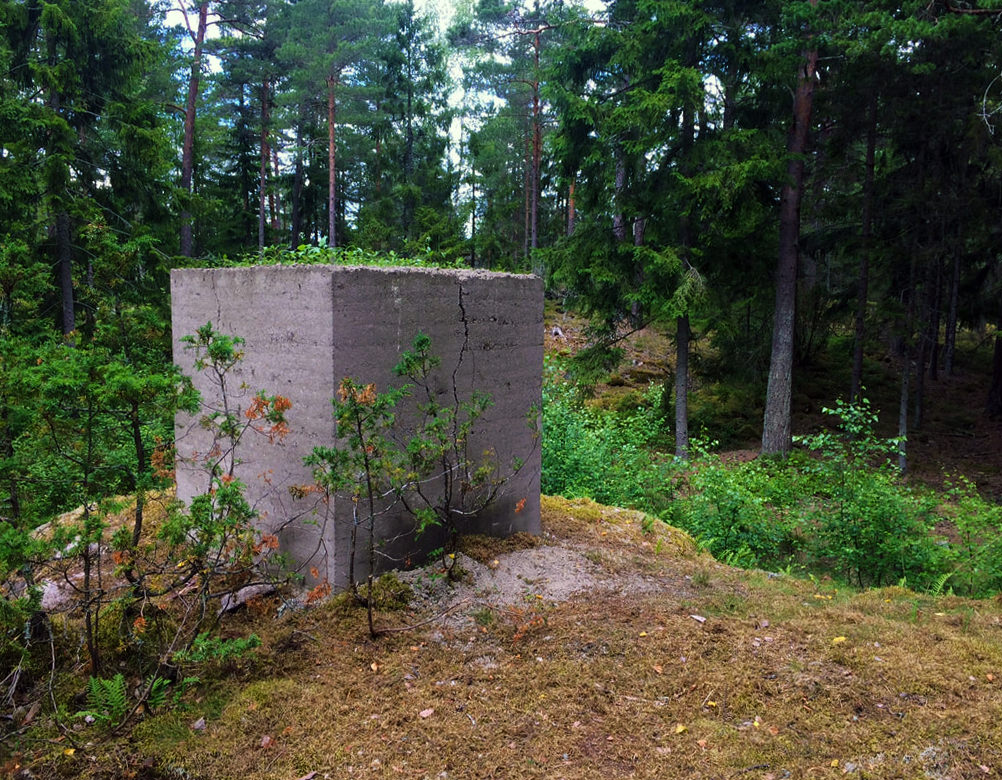
F.R. In your work there are many references to Land Art and Arte Povera. What was the impact of these artistic traditions in the development of your personal research?
A.J.M. Until 2010 I used a lot of wood in the making of my art, it was more of a craft. I was interested in boatbuilding, guitar and furniture making. I found beauty in the works of Nancy Holt and Robert Smithson, yet had trouble myself creating non-functional work. Later that year I participated in an artist residency that culminated in a final exhibition. The exhibition had a performative aspect, one in which I individually wrapped all of my personal belongings no matter what they were. Clothes, books, family photographs, cd’s, watches, forks, knives, spoons, pots and pans. Everything went. And during the opening the public was allowed to choose a wrapped gift and sit and open it. The process was documented and they took everything home with them. This marked a significant shift in my artistic practice. All I had left was my car and a small bag of clothes. After the end of the show I left Mississippi. Through the act of traveling and creating works simultaneously, using material available to me, whether that be earth, stone, discarded food items, etc. I’ve unintentionally separated myself from an income driven art practice. A natural progression into Arte Povera. Though Arte Povera literally translates into Poor Art and doesn’t necessarily mean making art without money, my transition from craft was circumstantial and even out of necessity. Near the end of 2013 I visited New York, and saw Giovanni Anselmo’s work Sculpture That Eats. I was intrigued by the combination of materials. Stone and lettuce. I took this idea back to my studio and began to work. I was now finding a common ground, where craft informs the sculpture yet was not reliant on specific materials. The idea was able to take over.
F.R. For example, observing A Moment of Clarity I inevitably think to 1 mc di terra circa (approximately 1 cubic meter of soil) by the Italian artist Pino Pascali. However, your intention seems to be completely different: there is no irony or mockery, but it peremptorily demonstrates “clarity”. What does this 1.2 m of soil represent?
A.J.M. I have been an admirer of Pino Pascali for several years now. Particularly his dreamlike installations that utilize whale imagery. I was first introduced to his work in 2015 when I showed A Moment of Clarity, a 1.2 m x 1.2 m cube of soil, in Mediterranea 17 at Fabbrica del Vapore, in Milan. Though soil is one of the most natural and essential elements to life, through its relocation and compaction into a solid geometric shape it begins to lean towards what I will refer to as the unnatural. As time passes the cube begins to change. Planted within are hundreds of flower seeds that begin to rip the cube apart as they grow in search of the sun. The process is slow but violent, beautiful but destructive. A Moment of Clarity serves as a point of departure to delve into a larger issue at hand, challenging us as viewers to reflect on our notion of infinity and the idea that we are all part of an ongoing continuous cycle. Life. Death. Life. Death. Infinity.
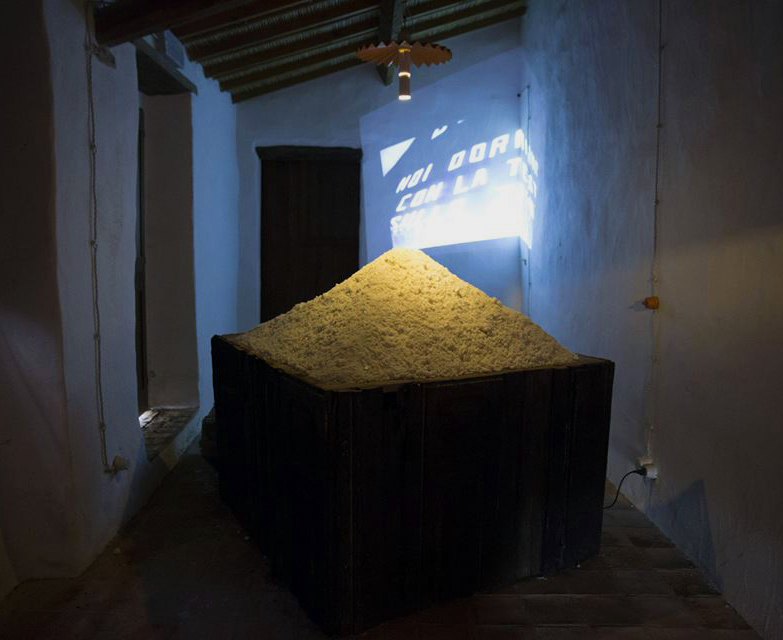
F.R. Some of your works have a strong connection right with Italian territory. A site-specific work like Happening, whose title is ironically linked to chance, had to “happen” right in Tirano. Why did it happen here and not anywhere else?
A.J.M. I suppose as an artist it is a natural or common practice to develop a relationship with a location, imbibing what is and will be. Happening is a title that not only describes the work, but the experience. It refers to the never-ending nature of Nature, something that never stops, and is only in the present, void of future and past. Through chance, a series of very specific events led me to travel to Sondrio. Any number of these events could have been different, yet in 2016 I find myself outside the Santuario della Madonna with the people of Tirano. Romantically speaking, there is no other place that this artwork could have happened.
F.R. LaSaliera is an artwork that you created during an artistic residence in Sardinia. The symbolism hiding behind poor materials, like salt, old doors and windows charcoaled, everyday objects of unknown people, is imbued with histories. Why have you felt the need to narrate them?
A.J.M. 18 December 1938. Mussolini gives the official order to build Carbonia. A city for the miners. In LaSaliera, a large box was constructed from the doors and windows of the old town of Tratalias, a small town in the province of Carbonia. Every day these doors and windows were opened and closed by the families of Tratalias, until the construction of the dam of Rio Palmas in 1954 eventually led to water infiltration and severe structural damage to the homes and buildings, forcing the residents to abandon the small town and rebuild several hundred meters away. These windows and doors were repurposed as a support for salt collected from the island of Sardinia. The charcoaled surface is suggestive of the process of cremation and alludes to the thousands of coal miners that spent a vast majority of their lives underground. In certain cultures, salt is added to the cremated remains of the dead before burial. This ritual is believed to help the ashes dissolve with ease, allowing loved ones to peacefully return to the earth. During my stay in Tratalias I spent a great deal of time with the community. I was invited into their homes. We shared stories and wine, and I was treated with an undeserving amount of respect. For me, as an outsider, how Carbonia came to be, under the reign of Mussolini and the loss of life that characterized the birth of a new city is a gripping narrative. LaSaleria was a small gift to the friends I made on the island, a simple recognition of the labor, loss, and capacity for life in Tratalias.
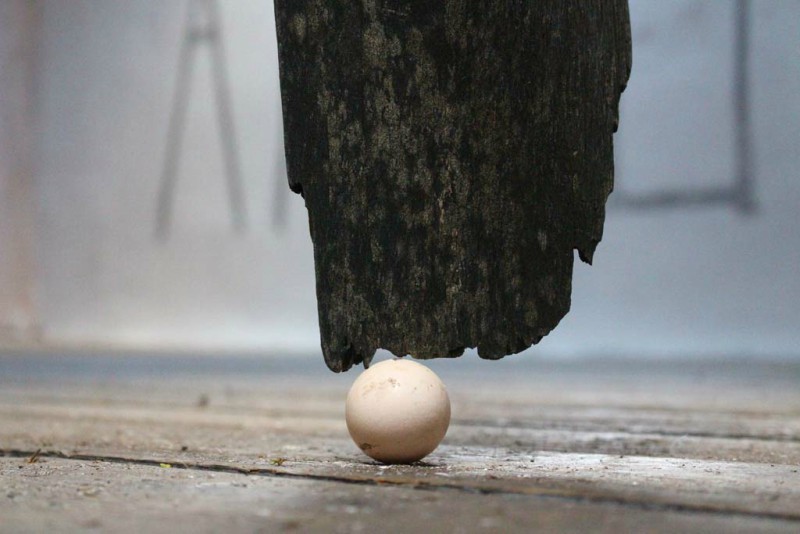
Slate, rope, egg
Installation Wales, UK. 2017 Courtesy the artist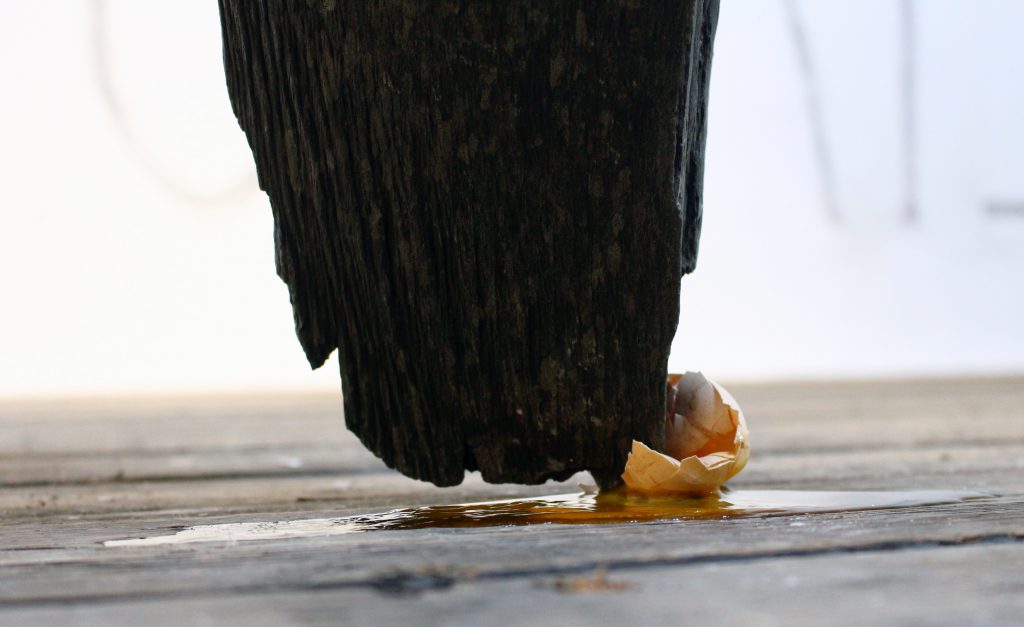
Slate, rope, egg
Installation Wales, UK. 2017 Courtesy the artist
F.R. The Young is a breath-taking work, generated by an idea that you define as powerful. What is an idea? How does it grow inside the artist’s mind, until it becomes so uncontrollable to create an artwork?
A.J.M. Thank you, Flavia. An idea is an eloquent and often altruistic instrument used in the conveyance of language, and I believe art to be the universal language… If I may speak openly, and passionately, I often ask why we do the things we do. What things nurture apathy? We have been to the water’s edge, allowed our lips a taste, and eagerly began to fill our bellies with greed and passion. We pause to loosen our belts and it is only in this brief moment of rest that the water is still enough for us to come face to face with an all-devouring slender beaked monster. But I believe a change is going to come. I also believe that art is not second nature. It is cardinal. Our actions allow for an almost voyeuristic insight into an ever-developing kinship between art and artist. It is a relationship of deep dependency appropriated through metaphor and a harrowing desire for change. We draw inspiration from subjective experience which is made more interesting by nothing more than its own potential.
F.R. In the project Without thinking you challenge yourself and your friends: “tell me something to make, first thing that comes to mind, without thinking”. The paradox is that the first thing that crosses their mind becomes cause for your reflection. Is it a subtle suggestion to consider the consequences of our instinctive words? Or is it just a game to challenge your creativity?
A.J.M. This is an interesting concept, and perhaps the answer is yes. It IS a challenge to ourselves, yet much more than a game whilst remaining very playful. I began this project many years ago, like you said, as a way to challenge my own creativity, or perhaps lack thereof. It has since gone beyond the scope of a mere exercise in making, the end result being an amalgamated work of two unique thought processes. It becomes a lasting, direct, and documented connection between myself and the participants, many of whom I have lost contact with over the years.
In 2010 I received more than 200 answers to this question. In time I intend to address each response.
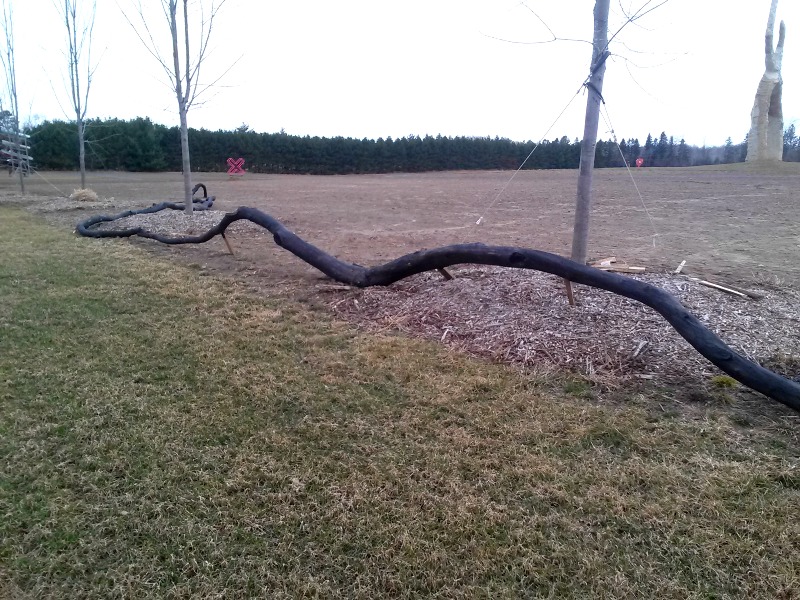
F.R. I find the unpredictability involved in this project very interesting. What was the word you didn’t expect to represent? What was the most difficult to recreate, due to this uncontrollable randomness?
A.J.M. I did not expect to be asked to make food! I sent my requests via text message, and I realize now that many people thought that I had no idea what to make for dinner. I had responses ranging from spaghetti and poppy seed chicken casserole, to hamburgers, lollipops, corn, and several mixed alcoholic drinks. I’ve found these to be the most fun to create. The most difficult has been a one-word response sent by an old friend, “You”. I’ve been asked to recreate myself. Nearly 9 years have passed since I received this request, and I am no closer now than I was then to resolving the work. But I am not the same person I was 9 years ago. And perhaps therein lies the answer.
F.R. And if you could create an artwork offhand, right now, and I told you the word “artist” without thinking, what process would I activate in your creativity?
A.J.M. My mind begins to wander and I immediately find myself in a full classroom, surrounded by other young aspiring artists with a twinkle in their eye! We will go through boot camp and rigorous training. We will learn to shoot a rifle and to skin a rabbit and take turns riding a bicycle with no hands. We will be forced into public speaking classes, and learn to appreciate the smell of a good cheese. But again, where I go from here, what shape the artwork begins to take is entirely dependent on my environment. Where am I when the work moves from idea to fruition? Am I here in the kitchen at a sculpture park in a small town in Minnesota? Or am I watching the Italian sunset over the vibrant city of Milan?



